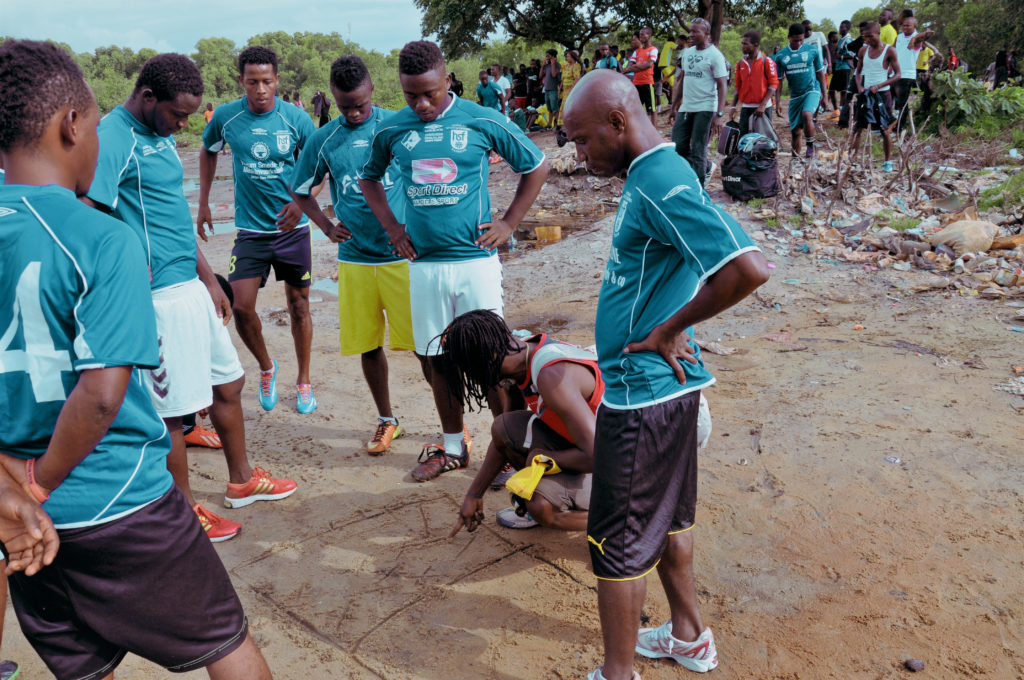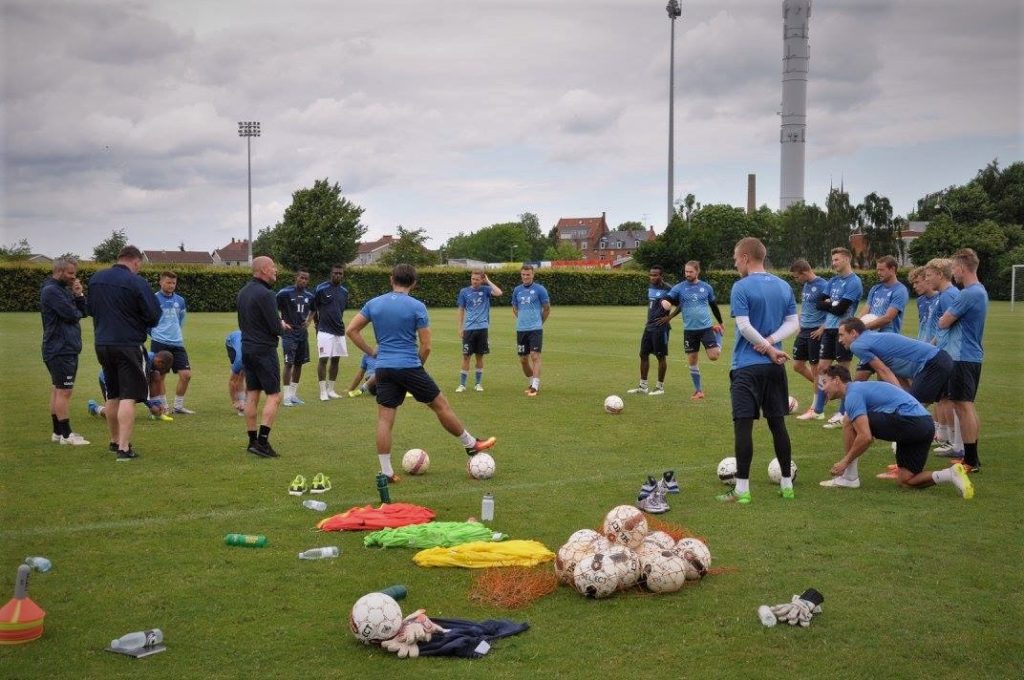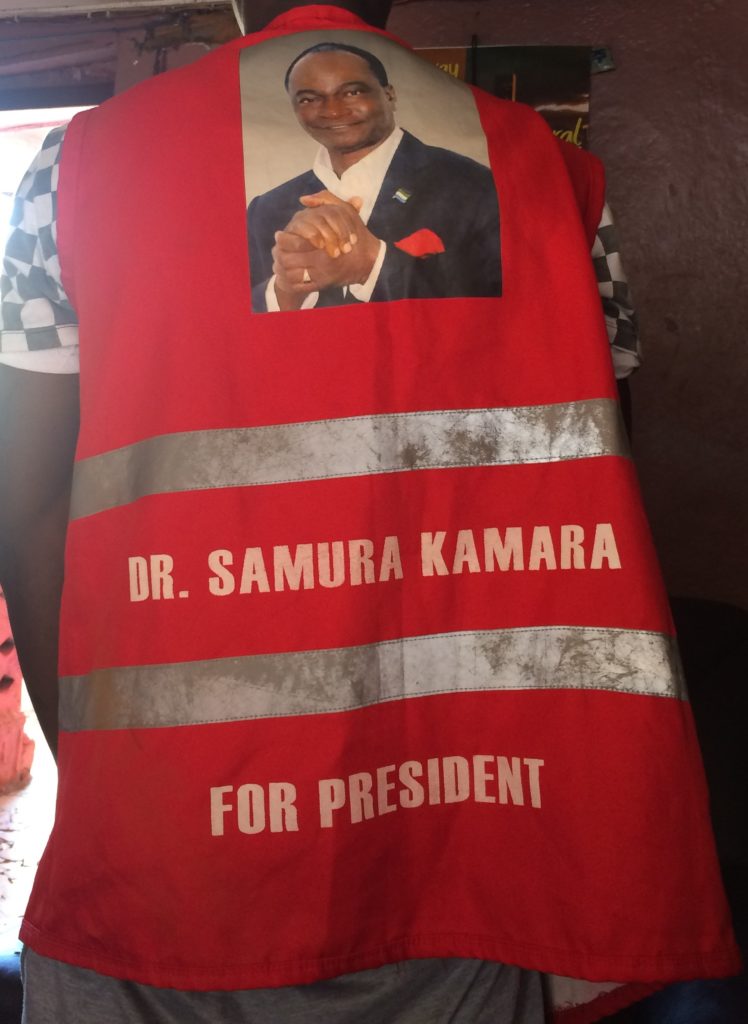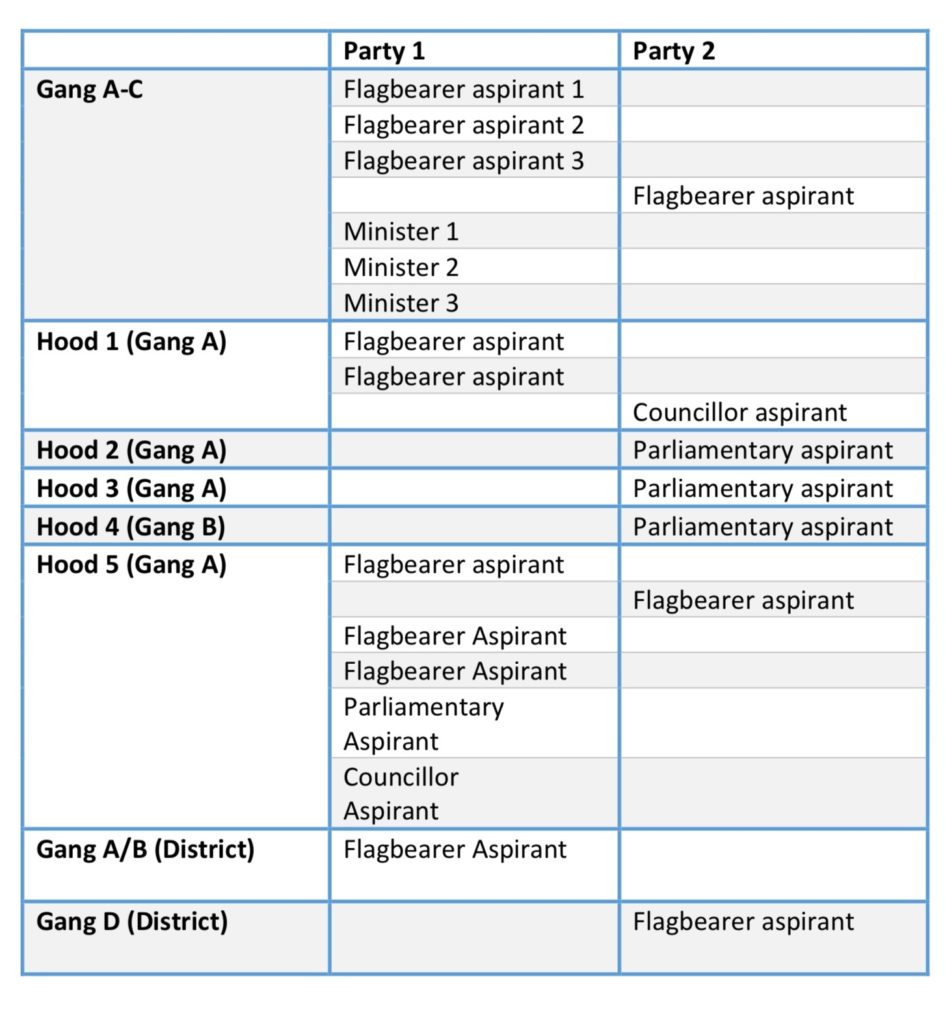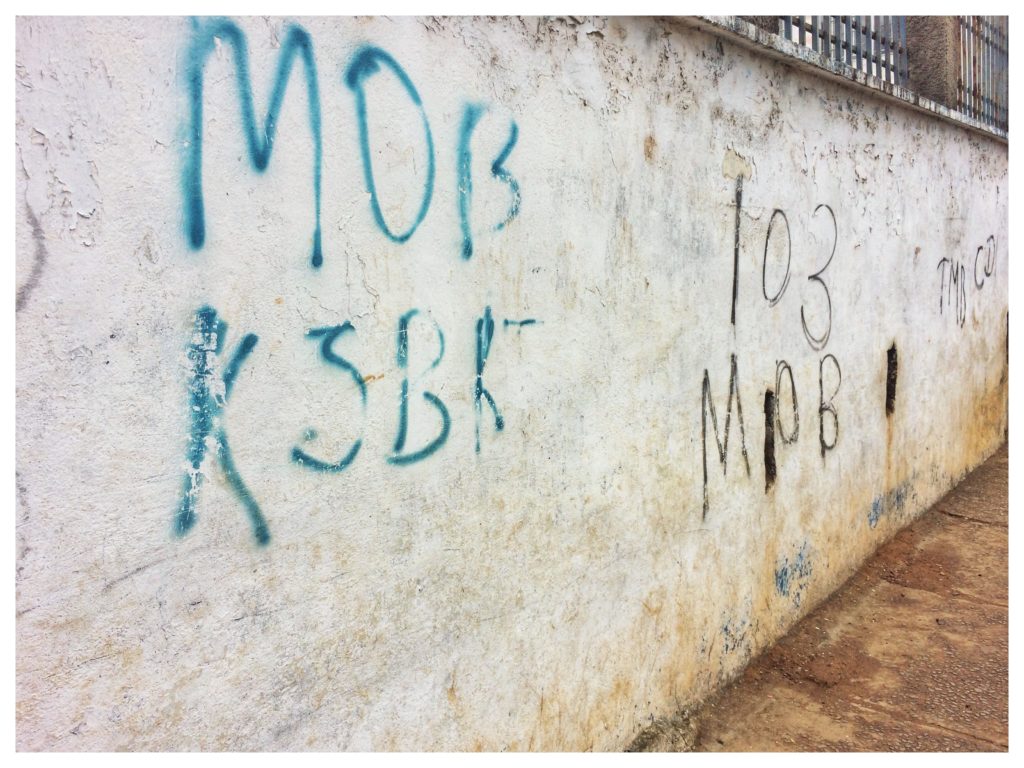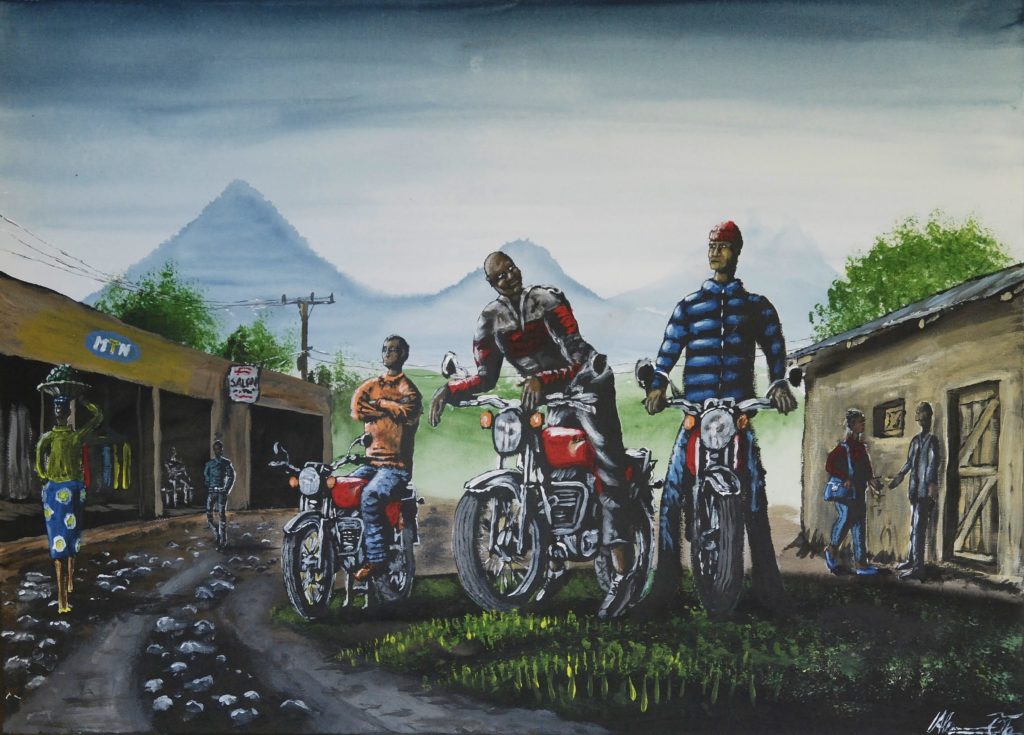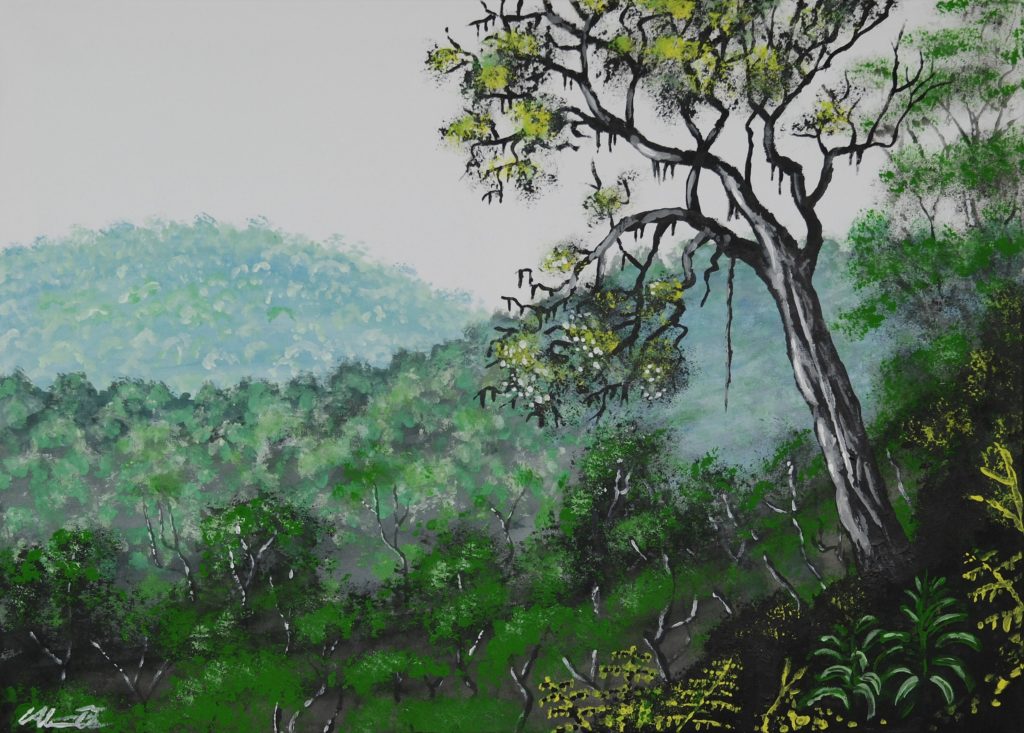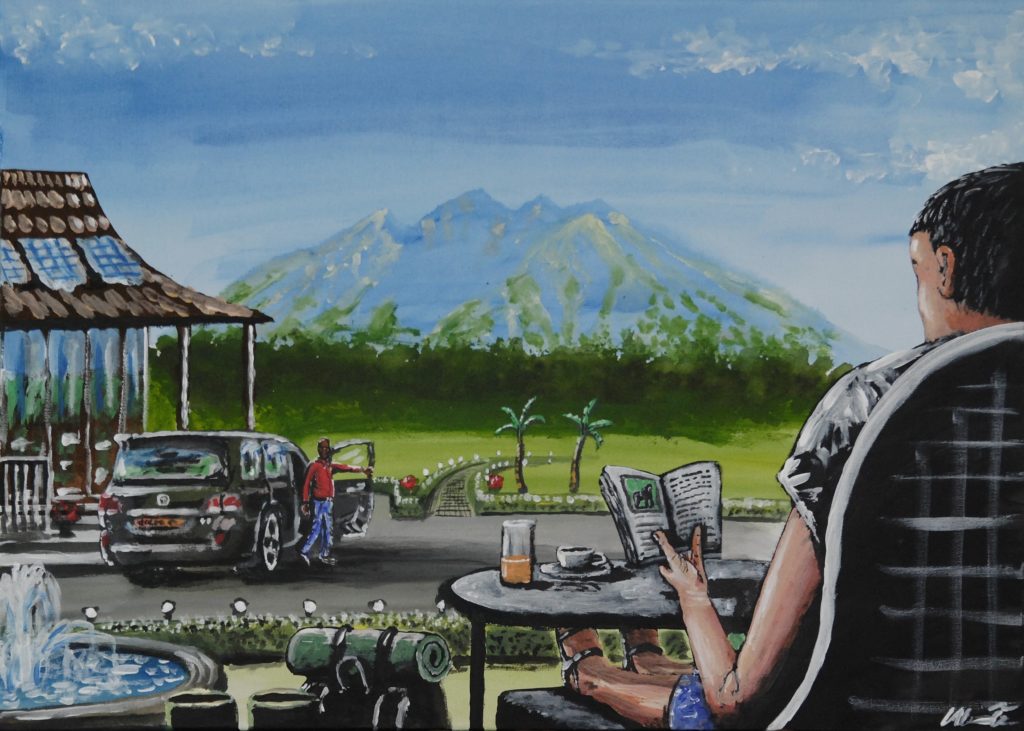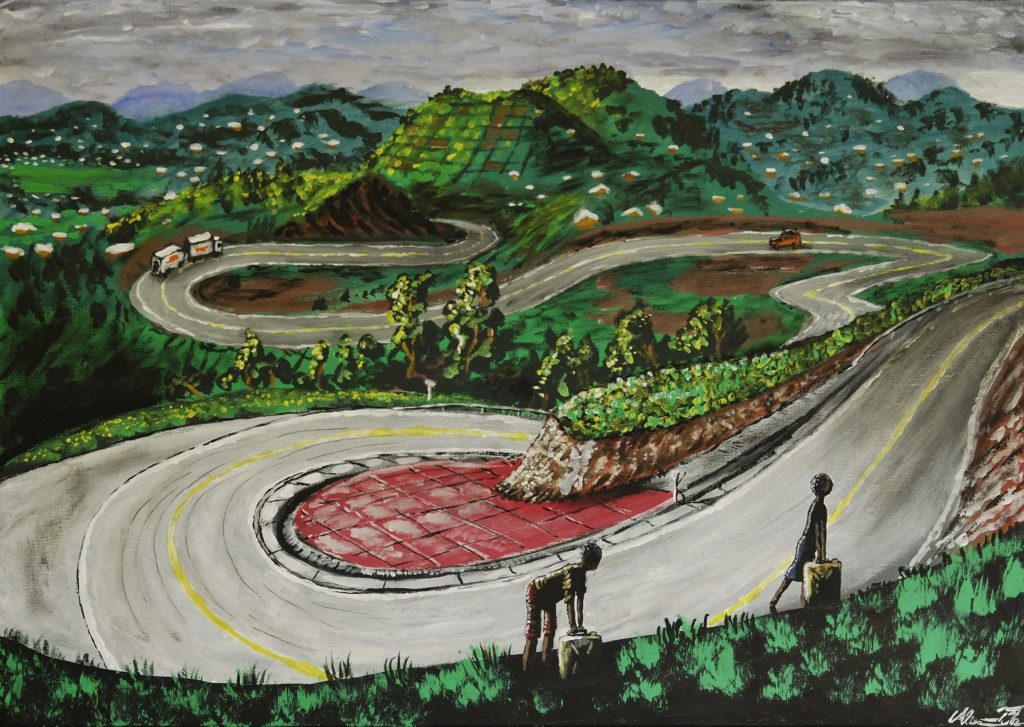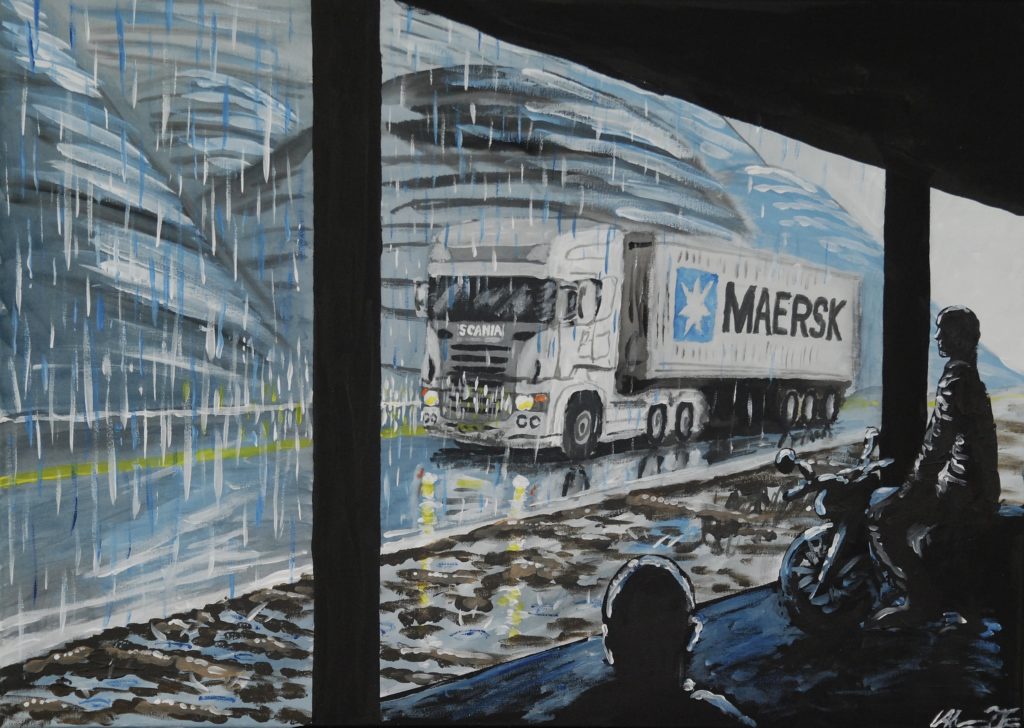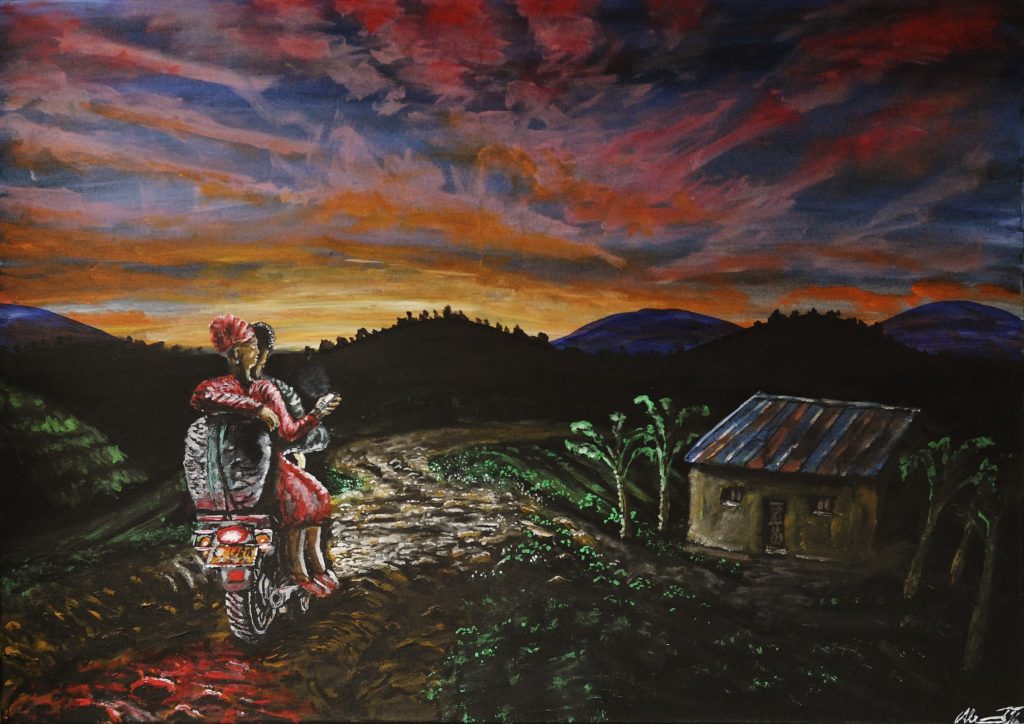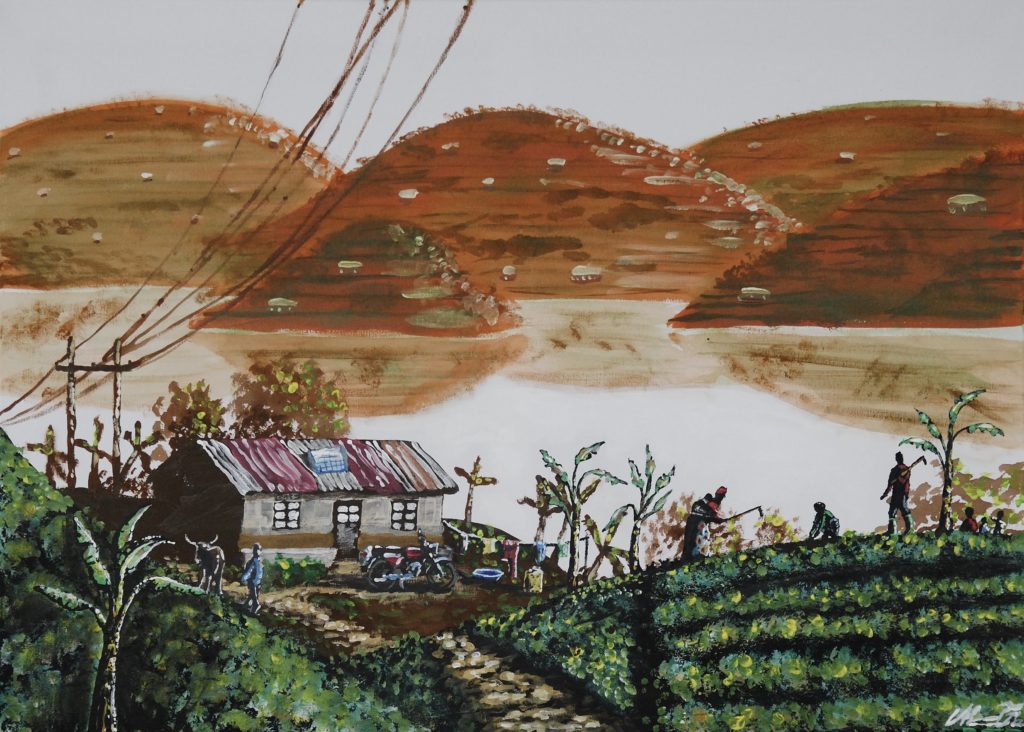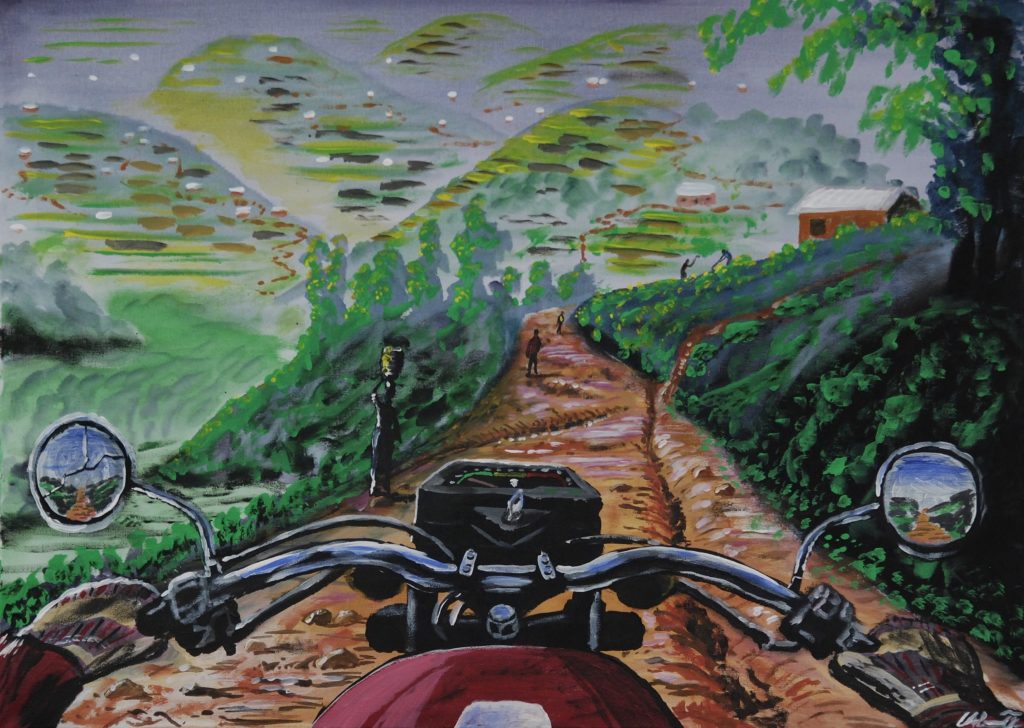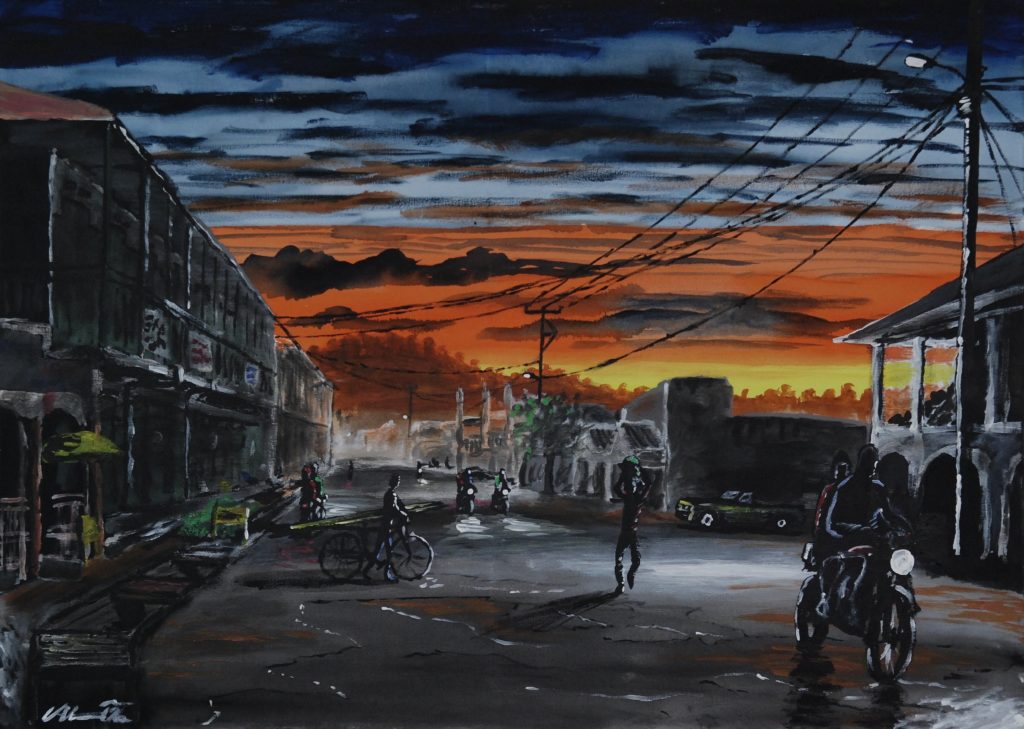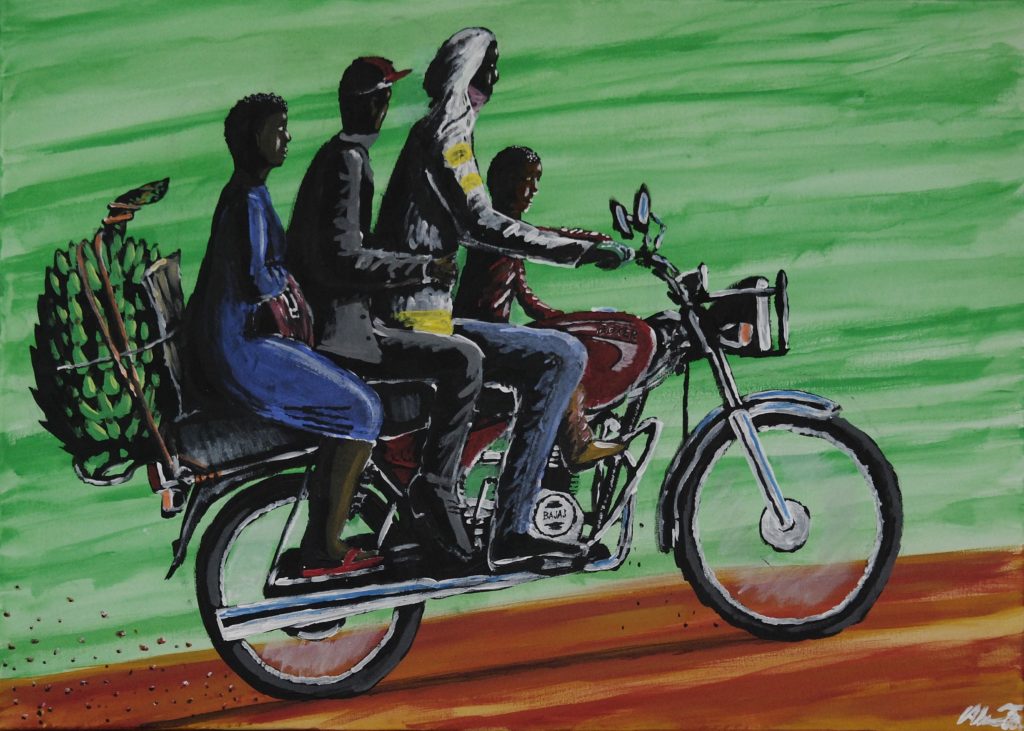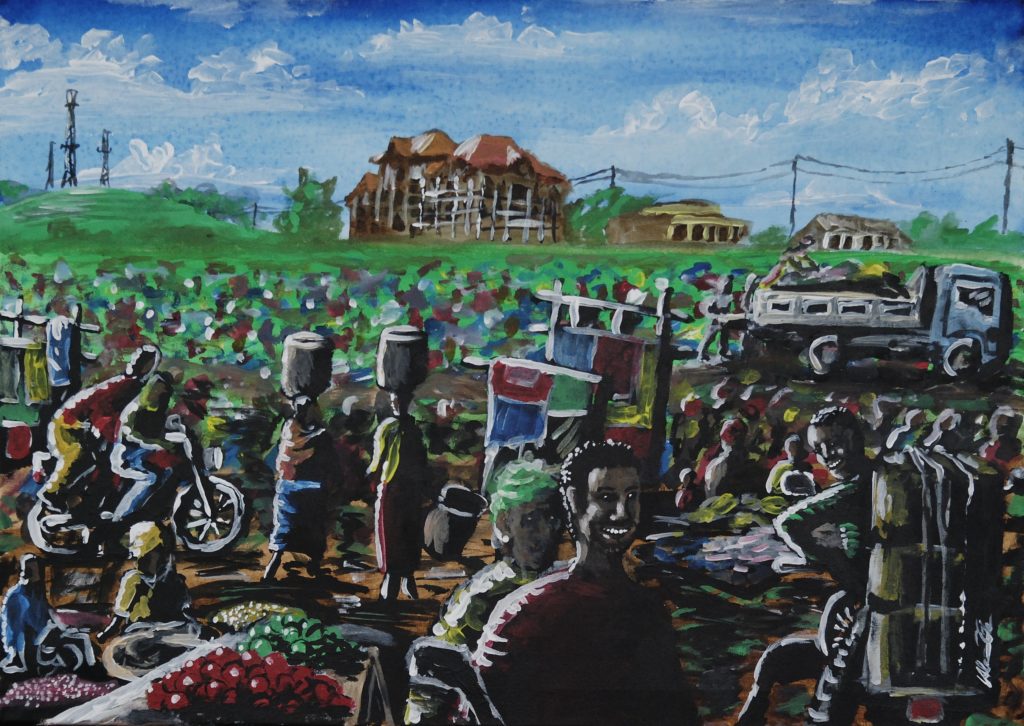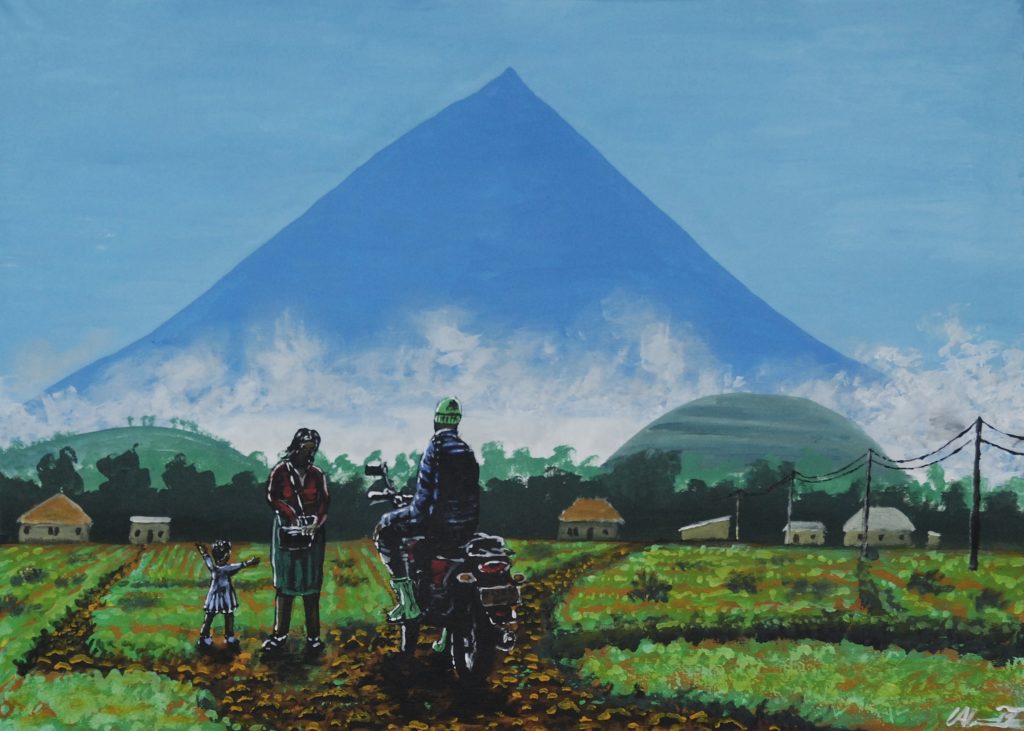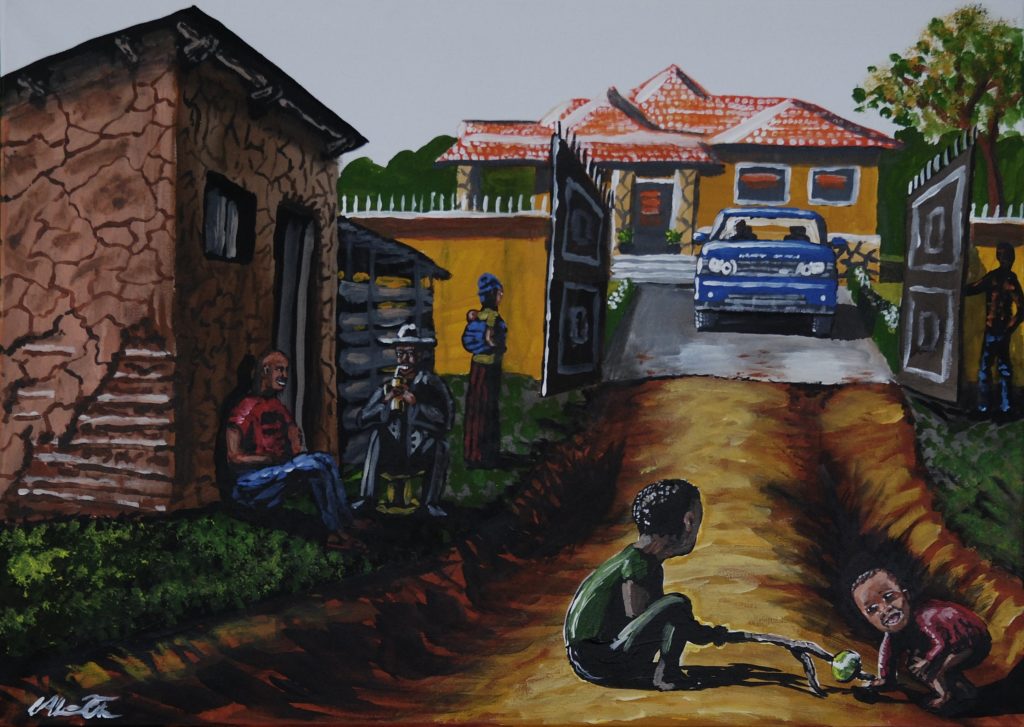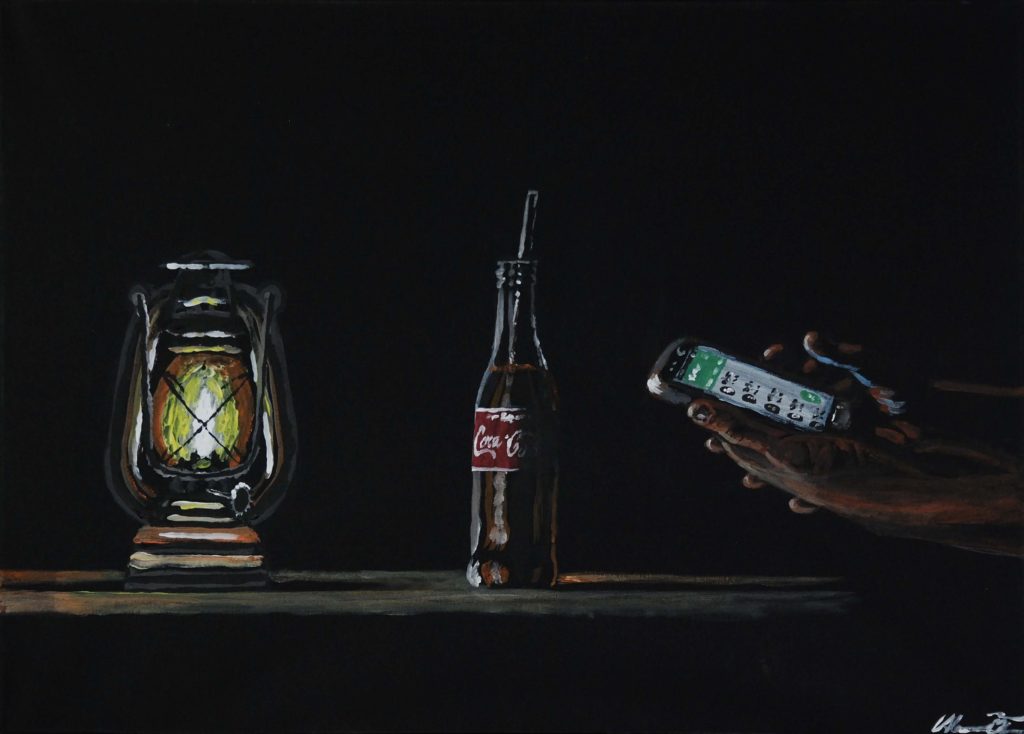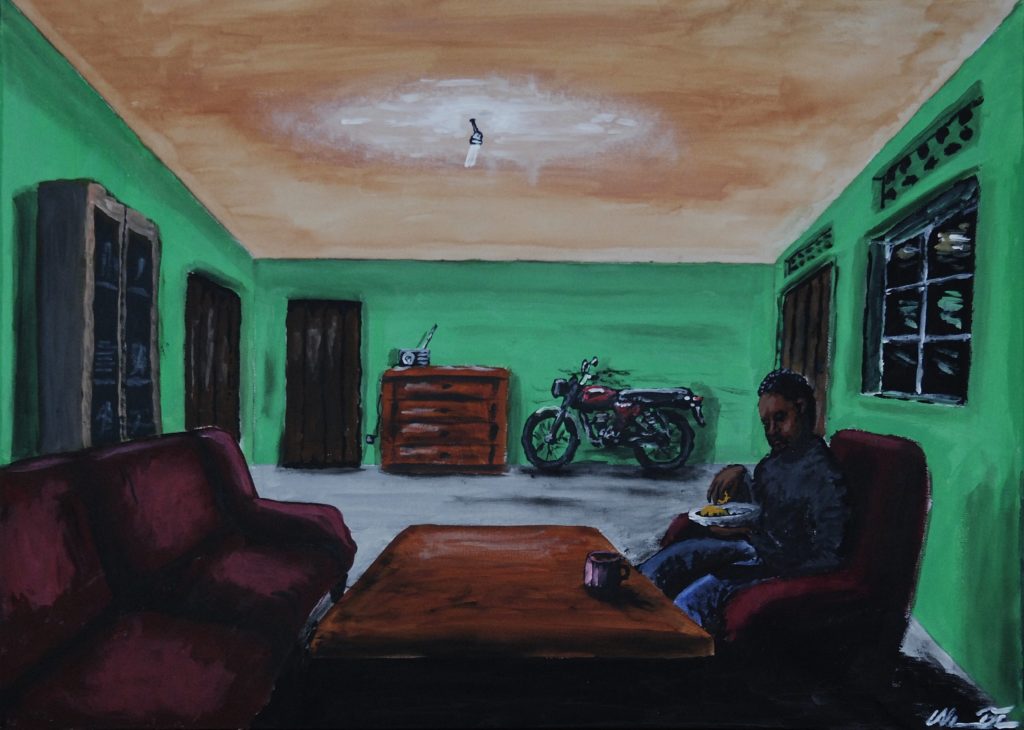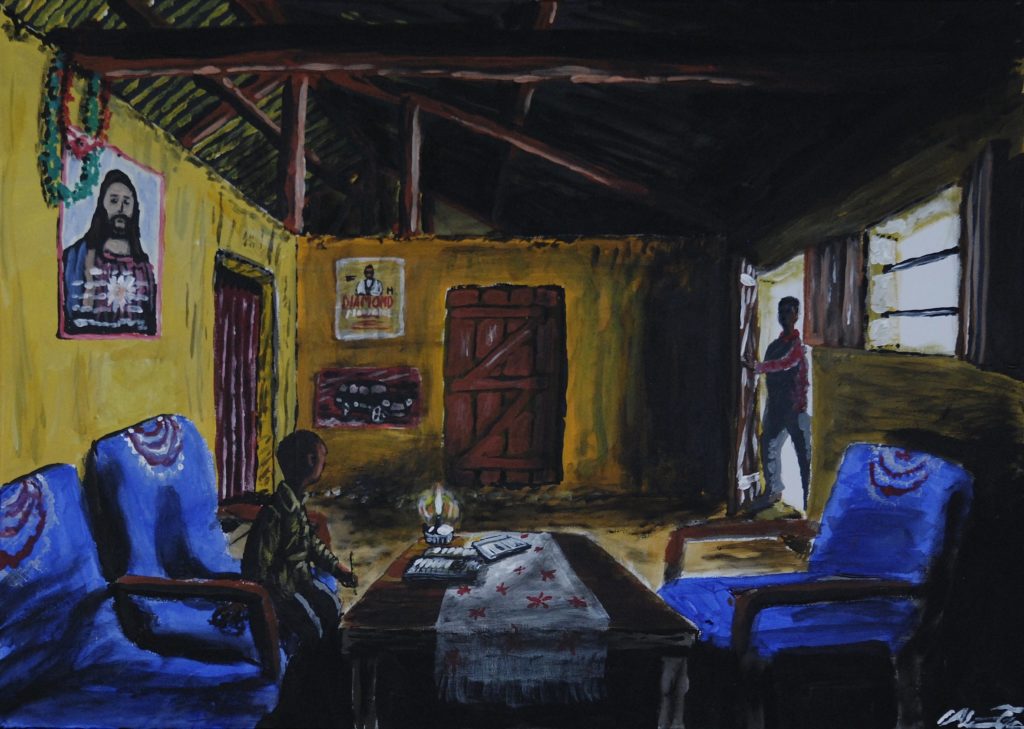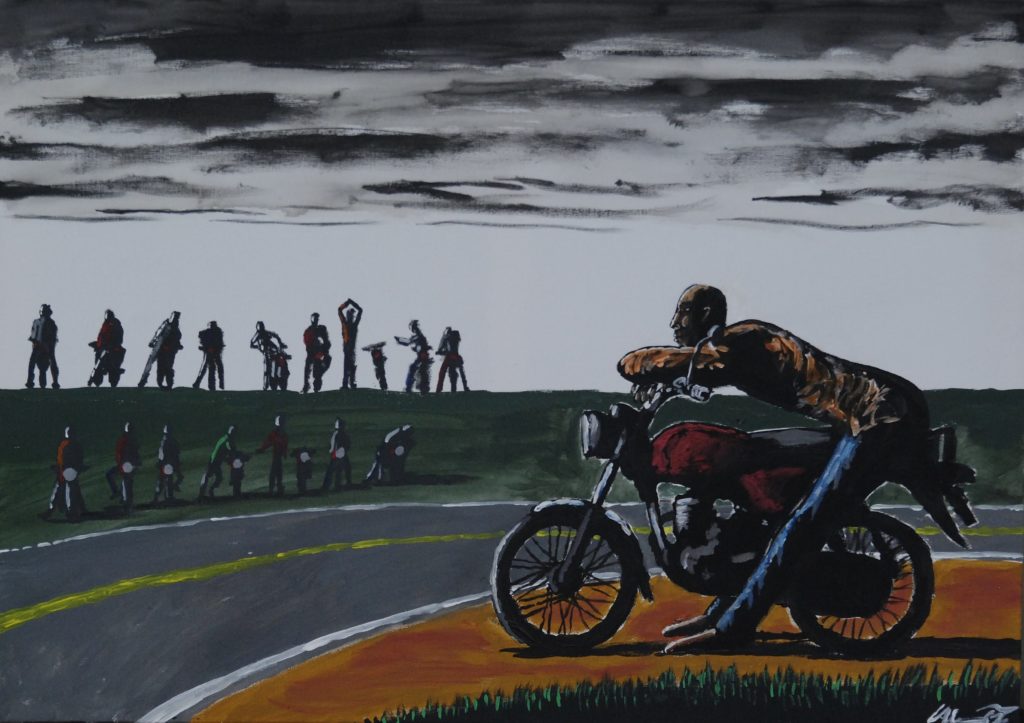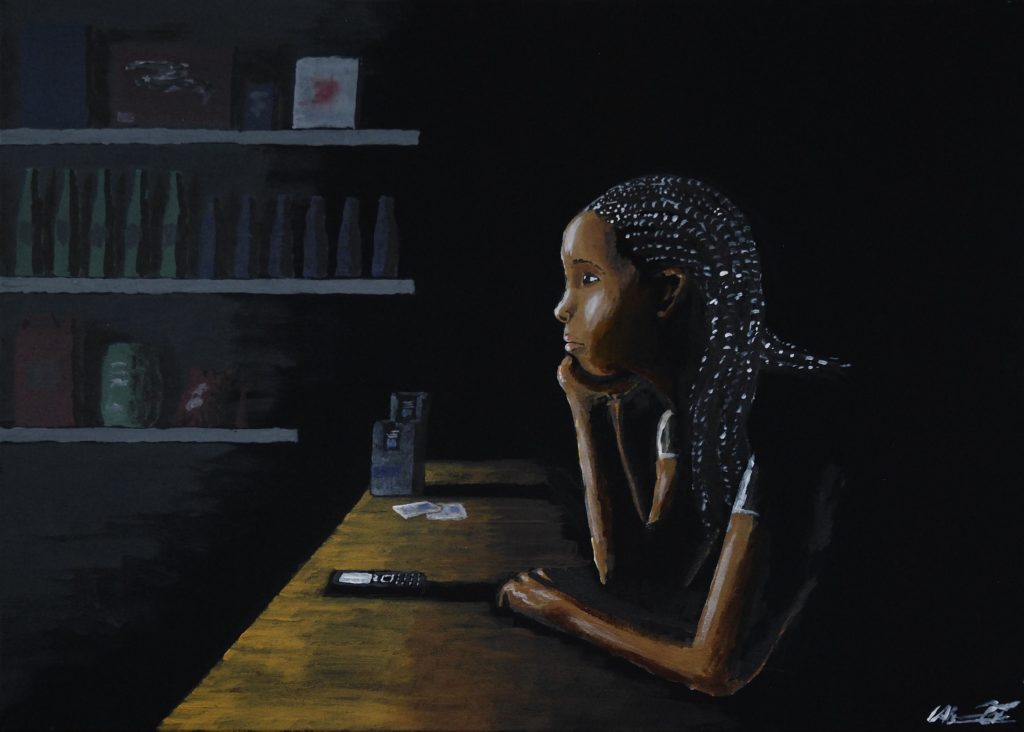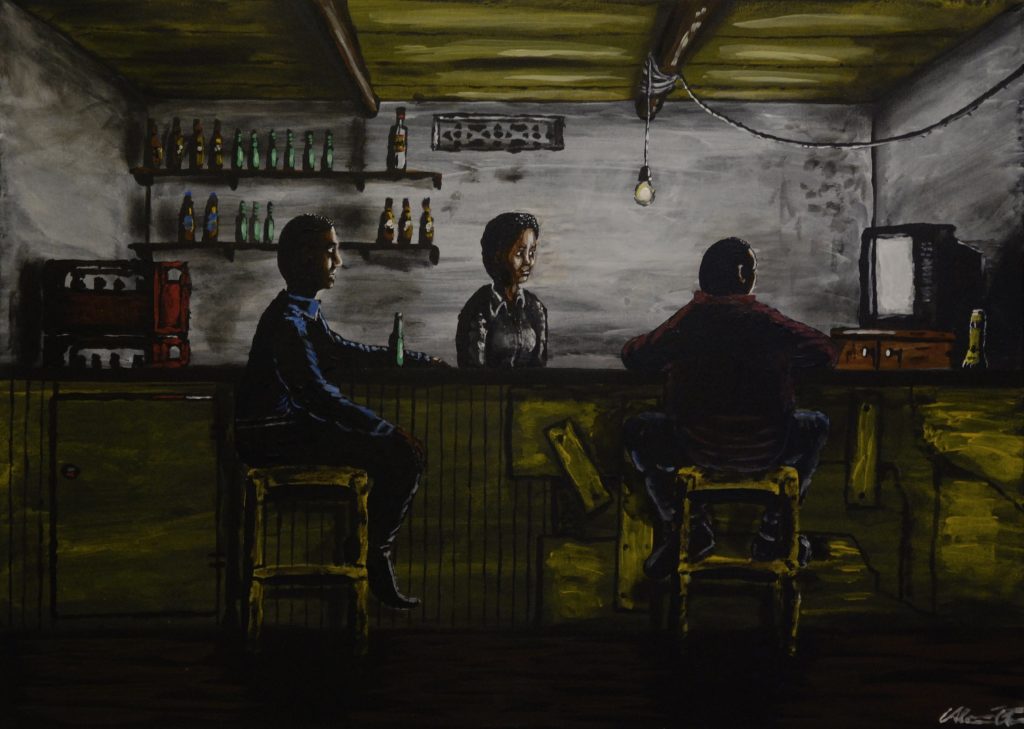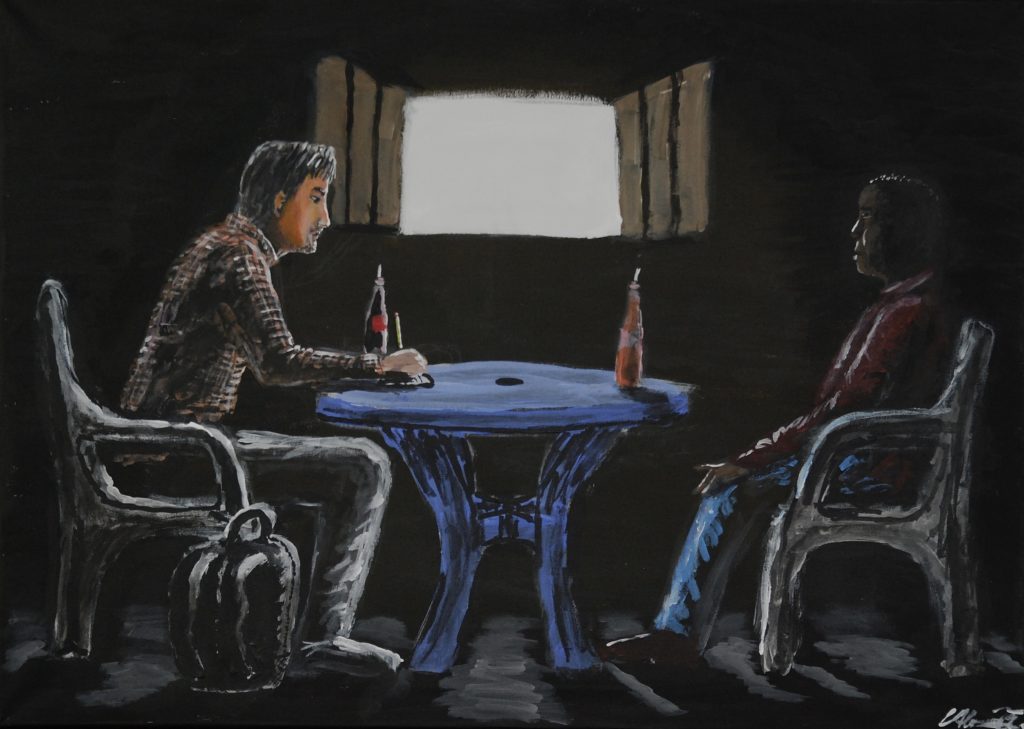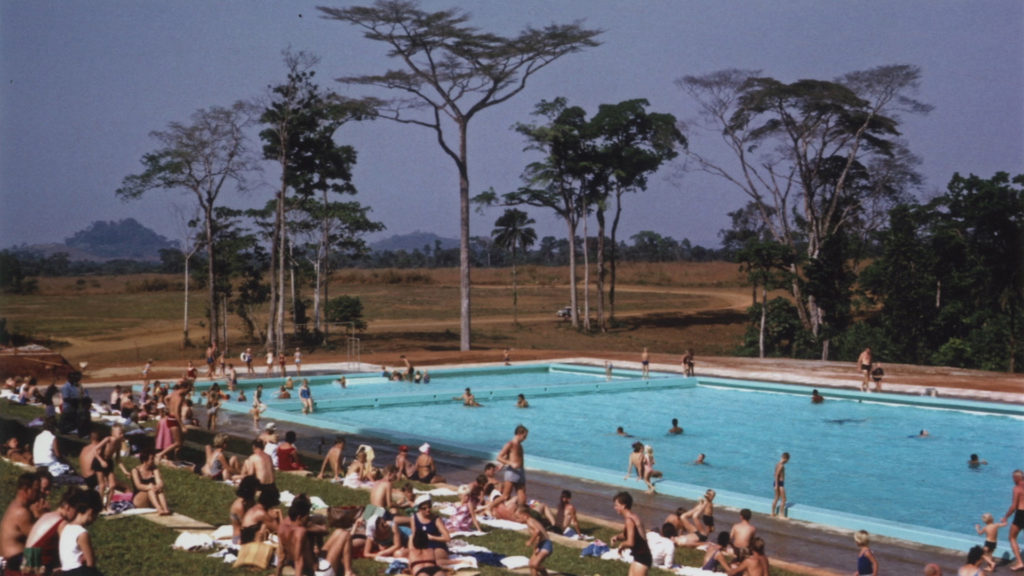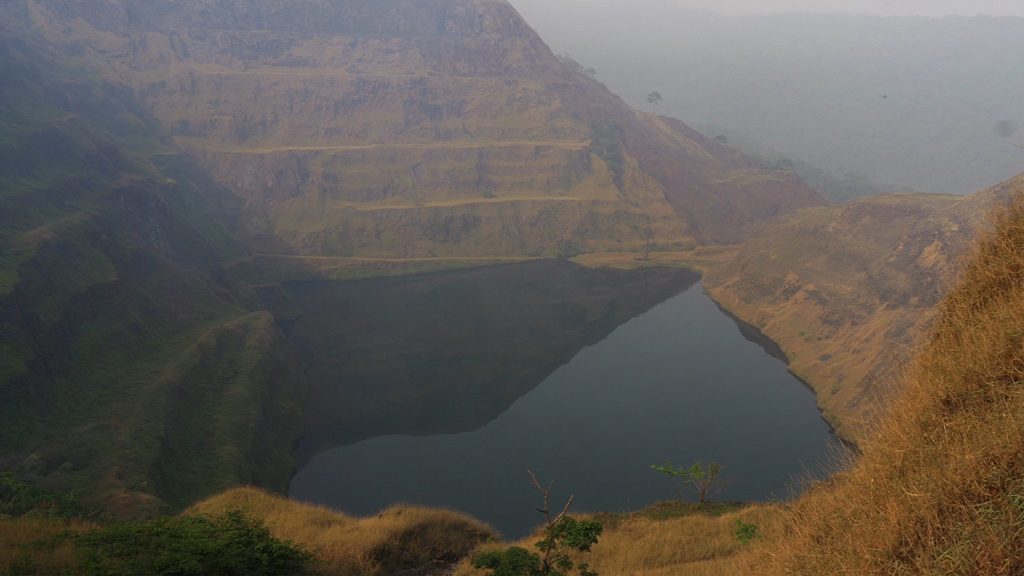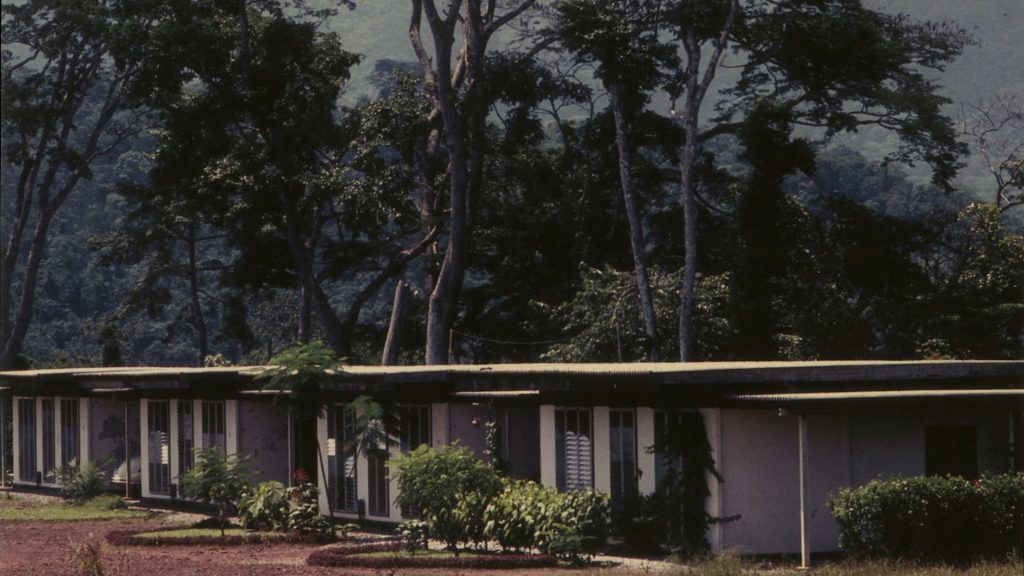With a description of the complex linguistic situation that characterized my father’s native village in the Ukraine as a starting point, I will try to demonstrate the multifarious uses of languages and dialects and in how far both vocabulary and grammar depend on the context in which they are used. Some of the conclusions are that writing is not language, and that written language is only one form of strictly standardized language. Oral use of languages and dialects may be studied in many different “registers”, from the freer forms used in everyday social interaction to higher and more formalized forms used in oral literature. Hypothetically, at least, there would be a difference between language used to formulate texts that are meant to be memorized verbatim, such as folk poetry, and texts that may be transmitted and re-performed with some variation, such as folk narratives. Finally, I will give some hints on how this may be applied to the study of Iranian oral literature.
A Swedish village
My father was born in 1905 in a Swedish village in Ukraine. This village had been established in 1782, when his ancestors had been forced by the Russian administration to leave their native island Dagö (Hiiumaa) on the Estonian coast and march south to the newly colonized territories in Ukraine. This village can furnish us with an instructive example of what we may call “functional multilingualism”. In their everyday life the villagers spoke an east-Swedish dialect similar to the dialects spoken by other Estonian Swedes. With inhabitants of the nearest neighbouring villages they spoke a kind of colloquial German, and with neighbours further around they could communicate in Ukrainian or Russian, as for instance in the market of the neighbouring town Berislav. With the local authorities it was necessary to correspond in Russian. (My grandfather served as selskiy pisar’, i.e. village scribe, and wrote beautiful Russian.)
This was a small village. Of the somewhat more than one thousand Swedish farmers that left Estonia only 535 reached the area distributed to them by the Russian authorities. There they met with extremely harsh conditions, and by 1795 they only counted 140 souls. Ten years later German colonists were established in three adjoining villages, something that proved to be both a support and a threat to this fragile island of Swedish culture. Religious adherence seems to have been a main factor for the survival of their separate national identity. The Swedish settlers clung to their Lutheran faith, and already after a few years they had erected a simple wooden church – replaced by a fine stone church in 1885. Two of the neighbouring German villages were also Lutheran, and this became a mixed blessing for the Swedes. During the greater part of the 19th century, the Russian authorities granted religious minorities a considerable independence in both administrative and ecclesiastical matters. The Swedish and the two Lutheran German villages were governed by a special administrative committee (called in German “Fürsorge”) and were united in an Evangelical-Lutheran parish, in which the Swedes were a minority. This meant that clergy and teachers were predominantly German-speaking and often hostile to the use of Swedish in both church and school.
Towards the end of the 19th century the Russian authorities took over both the secular and the ecclesiastical administration, and from 1890 obligatory Russian schools were introduced all over the country. The Swedes were, however, allowed to keep a Swedish school teacher in parallel with the Russian. Thus, they had to handle three “high languages”, Russian, German and what they called “hegsvänsk”, i.e. high Swedish, meaning mainly the language of the Swedish Bible translation and Christian hymns. In spite of the fact that Ukraine had had an independent history and culture for many centuries, under Russian rule the Ukrainian language was regarded as a primitive peasant dialect and was completely ignored in schools and administration.
The Swedes clung to their spoken east-Swedish dialect but their ability of writing “high Swedish” was very limited. After the dominance of German, Russian became the main medium of communication outside of the village. Obligatory Russian military service, that could stretch up to eight years, also meant that the men of the village got full practical knowledge of Russian. Contacts with Sweden and Swedish-speaking Finland – through letters and visitors – were rare during the 19th century but helped to preserve the Swedish identity. In the beginning of the 20th century the situation improved considerably. In the years before the Russian revolution Swedish books and even newspapers reached the village, and children of some of the most well-to-do families were sent to Swedish schools in St. Petersburg. However, this comparatively prosperous period ended abruptly with the outbreak of the First World War and the following Russian revolution that brought tragedy upon tragedy to the village. Finally, in 1929 the whole village succeeded in leaving Ukraine to go to Sweden (see Bo Utas, “Gammalsvenskbybor”, in Ingvar Svanberg & Harald Runblom /red./, Det mångkulturella Sverige. En handbook om etniska grupper och minoriteter, Stockholm 1989, pp. 138-140).
I have dwelt on the more general circumstances of this tiny island of Swedish speakers in order to enhance the understanding of the multilingualism that characterized their daily lives. How they handled this mixture of languages and dialects is demonstrated in a quite remarkable work by my father, Jan Utas. He was born in Ukraine in 1905 and was trained at a teachers’ seminar in Sweden in the 1930’s and worked all his life as a village school teacher in northern and central Sweden. He wrote a number of books about his native village, and after his retirement he set out to make an inventory of the vocabulary of the Swedish dialect of his youth “as it was spoken just before the Russian revolution”. The result of his work is found in a manuscript of some 4,000 neatly hand-written pages. In the present context it is especially interesting to see that a very great number of loan-words appear there, either as separate entries or as synonyms of Swedish dialect words. Thus, we find lots of loans from standard Swedish, Russian, Ukrainian, German, Estonian, Yiddish, Tatar, Georgian, Armenian and Circassian – languages and dialects that mirror the history of this minority (see Bo Utas. “Jan Utas och Gammalsvenskby-ordboken”, in Gammalsvenskbyborna 50 år i Sverige, 1929–1979, Visby 1979, pp. 89-94).
Naturally, these loanwords belong to contexts in which they can be expected to appear: German in church and school matters, Russian in administrative and military contexts, Russian and Ukrainian in rural matters, Yiddish in trade etc. My father argues that all these loanwords were an integrated part of his native dialect, although his fellow villagers would generally not admit that. What we can learn from this on a more general level is, I think, that spoken dialects of this kind are of a quite fluid character. Both grammar and vocabulary depend very much on the context. The dialect appears in many different registers. For the Swedes in the Ukrainian village their dialect was, indeed, an important part of their identity. It was used in everyday social interaction, but when it came to culturally marked uses, they tried to use “high Swedish” as best as they could. Christian hymns, sermons and ceremonies as well as folk songs and traditional rites were performed in this prestigious Swedish, but at times also German and Russian could be used – especially in folk songs. The dialect was never written. Depending on the purpose the villagers wrote in “high Swedish”, German or Russian.
Multilingualism in Iran
If we transfer this to the language situation in Iran until early modern times, before the rapid development of communications, education and media changed the linguistic scene quite quickly, we will find close parallels. Compare, for instance, my ancestral village with a Christian (e.g. Assyrian) village in Iranian Azerbaijan surrounded by Azeri Turkish speaking Muslims. For both groups both religion and language were important for their separate identity. As for the Ukrainian Swedes, I assume that the Aramaic dialect spoken by the Assyrians differed considerably from their church language, and their Azeri neighbours again had their own specific linguistic and religious situation, while Persian was the main means of education and written communication for both these groups.
The technique of writing one language in order to communicate in another has been practiced in this region for something like 4,500 years – since people started to write Akkadian with Sumerian signs. In the 1960’s one could still see scribes sitting on the big stairs in front of the central post-office, the P.T.T., of Tehran writing letters in Persian for those unable to do so themselves – or when necessary reading out Persian letters in languages understood by their customers. As an example of how this works, I can relate an experience I had in the 1960’s, when I travelled by bus in the countryside of Azerbaijan. At my side I had a young Azeri soldier. I asked him about his native language and he replied “Azeri, of course”. I continued: “Now, when you are away in the army, don’t you write to your mother at times?” “Yes, I do”, he said. I continued: “And in what language do you write?” “Persian, of course”, he replied. Then I asked “Can your mother read it then?” “No”, he said, “but they read it out to her in Azeri.” It should always be underlined that writing is NOT language. The leading Swedish poet of the 20th century, Gunnar Ekelöf, has given an apt description of this: “A text, of any kind, is nothing but a sort of musical score of ideograms combined with phonetic instructions” (En självbiografi. Efterlämnade brev och anteckningar, Stockholm 1971, p. 240).
The kind of functional multilingualism that I describe here has clearly been characteristic of Iranian lands since time immemorial. That means that when investigating various forms of oral communication, we should take into consideration what “registers” we are describing. Direct social interaction will depend on the people interacting. Higher and more formal registers depend on what kind of message the speaker wants to communicate. Folk songs, folk lore and traditional story-telling are formalized in ways that make the “text” (if we may call it so) memorizable – either verbatim, as in songs and poetry and proverbs, or more broadly as in traditional stories. Since such texts generally are seen as embodying the cultural heritage, and thus identity, of the group of people using the language/dialect in question, they are probably formulated in a high or prestigious register that differs from everyday multilingual usages.
The case of the quatrain
Iranian languages and dialects share many kinds of stories, lyrics and epics. This opens possibilities of comparing the way such texts are treated in the various languages/dialects. A genre that is especially interesting in this context is the short epigrammatic poem known as rubâ’î, du-baitî, ch(ah)âr-baitî etc. I have not made a thorough study of this poetic complex, but here I will present a broad picture of the uses of these forms.
This kind of quatrain is found midway between the prestigious forms of art poetry and folk poetry. It was originally an extemporized poem rather than a calculated form of artistic expression. On the art poetry side, we find the philosophic rubâ’î that has a specific thematic structure, the first two half-verses setting the theme (x, x), the third (generally non-rhymed) entering an unexpected new element (y) and the final half-verse (with the rhyme returning) resolving the tension with a clever pointe (z>x). Still in the 1970’s I heard this practiced very elegantly by Afghan literati in what I think was called a mushâ’ara. Someone starts out by improvising the first two half-verses and someone else comes up with the final ones. A successful pointe is met with applause.
This structure is reminiscent of what may be found in early Chinese poetry from the Tang period (618-907 AD) and even earlier as well as in the modern English limerick (cf. G. Doerfer, “Gedanken zur Entstehung des rubâ’î,” in L. Johanson and B. Utas, eds., Arabic Prosody, Stockholm 1994, pp. 45-59; A. Bausani, “La quatrina”, in A. Pagliaro and A. Bausani, Storia della letteratura persiana, Milan 1960, pp. 527-78). There might be some connections but it might also be a more general form of human creativity, since a similar structure is also found in musical forms like the sonata in Western music (“exposition > development > recapitulation”). Here is an early Chinese example:
Green grass is spreading afield like slender silk,
And red blossoms on all the trees in full bloom.
Whether you are coming back or not,
Flowers will all be gone when you are home.
(Xie Tiao 464-499 AD, transl. Zhang Longxi)
The rubâ’î is characterized by a seemingly Arabic structure, using the qasîda type of rhyme, only however for two verses: a,a; b,a. Its meter is theoretically adapted to the Arabic metrical system through a number of possible but rather abstruse mutations of the hazaj, namely maf’ûlu mafâ’îlu mafâ’îlu fa’al (- -v/v- -v/v- -v/v-) freely alternating within the same poem with maf’ûlu mafâ’ilun mafâ’îlu fa’al (- -v/v-v-/v- -v/v-) – in both cases thirteen syllables or, rather, twenty morae to the line. This seems to be an arabicized form of an earlier poetic structure. There are interesting earlier, pre-Islamic parallels as for instance in this so called surûd-i khusruvânî (royal song):
Qaisar mâh mânad u khâqân khvarshêd
Ân-i man khvadây abr mânad kâmghârân
Ka khvâhad mâh pôshad ka khvâhad khvarshêd
The Qeisar (of Rum) is like the moon and the Khâqân (of China) the sun.
My lord is like the cloud all-powerful:
At will he veils the moon, at will the sun.
These verses are attributed by the historian Ibn Khurdâdhbih to the legendary minstrel Bârbad at the court of the Sasanian Khosrou Parviz. They were brought to light by Shafi’i Kadkani (“Kuhantarîn namûna-yi shi’r-i fârsî: yakî az khusruvânîhây-i Bârbad”, Ârash 1342/1963, pp. 18-28). Note that there are eleven syllables in each verse line!
Extemporized quatrains are most probably the background of the so called “wandering quatrains of ‘Umar Khayyâm”. As you know such rubâ’îyât appear under the name of numerous authors, for instance the Sufi Shaikh Auhad ud-din Kirmâni. An interesting case of an early Sufi adaption of such oral poetry is found in a story about the Shaikh Abu Sa’id b. Abi’l-Khair of Nishapur (d. 1049). It is told that one day a singer (qavvâl) recited this verse (bait) in front of the Shaikh:
Andar ghazal-i khvîsh nihân khvâham gashtan
tâ bar lab-i tô bûsa diham chûn-sh bi-khvânî
I shall hide myself in my ghazal
So that I will kiss your lip when you recite it.
Although this is presented as a verse from a ghazal, it is composed almost exactly in the rubâ’î meter. This episode is reported by the great-great-grandson of the Shaikh, Ibn ul-Munavvar, in his Asrâr ut-tauhîd written in 1157 (ed.Safâ, Theran 1348, p. 280). According to Ibn ul-Munavvar’s report, the Shaikh then promptly asked: “Whose bait is this?” The singer replied: “It was composed (guftah) by ‘Ammâra.” The Shaikh rose to his feet and together with all the Sufis went on a pilgrimage to the poet’s tomb in Marv – a couple of weeks away by caravan.
There are more popular and less erudite types of quatrains, often called du-baitî or châr-baitî, consisting of four half-verse rhyming a,a; b,a or a,a; a,a and composed in the simple hazaj meter mafâ’îlun mafâ’îlun fa’ûlun (v- – -/v- – -/v- -), i.e. lines of eleven syllables each. They tend to celebrate the temporary joys of life, especially wine and love. Such poems are found over a broad field of dialects. In historical sources they are often referred to as fahlaviyât. Many are associated with the nebulous figure Bâbâ Tâhir ‘Uryân, who is supposed to have lived in Luristan or Hamadan in the 11th century. The original northwest Iranian characteristics of the poems ascribed to him have, however, mostly been Persianized due to their broad popularity. Similar du-baitîs have also been collected outside of Iran proper: in Afghanistan, Tajikistan and adjacent parts of Central Asia. In modern times they are generally not sung with musical accompaniment but rather chanted in a peculiar style. We have no means of ascertaining what such folk-poems could have been like in earlier centuries, but it is possible that this way of singing them is quite old.
However, in various dialects popular verses appear that don’t follow Arabic types of quantitative metrical patterns. Thus, Lorimer describes popular verses of the Bakhtiaris as having “a line of 12 syllables in rhymed couplets, with normally perhaps 4 stresses to the line”, but adds “in practice the number of syllables varies from as little as 9 to as much as 14 or even more” (see D.L.R. Lorimer, “The popular verses of the Bakhtiâri of S.W. Persia”, BSOAS 16/1954/, pp. 550-51.) Other types have fewer syllables and only two or three stresses to the line. This very much resembles what seems to have been characteristic of Middle Persian and Parthian poetry.
Conclusion
These quatrains and their closeness to oral practices demonstrate how the language used depends on the literary form. Poetry, even if composed and performed orally, must be formulated in a normalized language that allows it to be remembered, repeated and transmitted. This should be observable in all kinds of popular verse found in the various dialects of Iran, including epic (narrative) poetry. With a term introduced above, this may be called the highest register of a language/dialect, that is language formalized enough to make a text memorizable verbatim. Narration in prose – story-telling – would, in its turn require somewhat less formalized language but still following strict conventions. In this context it is interesting to mention the note-books that traditional professional Persian story-tellers are reported to use, called tûmâr, kitâbche or the like (see M. E. Page, “Professional storytelling in Iran: transmission and practice”, Iranian Studies 12/1980/:3-4, pp. 195-215). It is my impression that such note-books have texts of two types: summary descriptions of events that are meant to be expanded in the actual performance, on one hand, and carefully formulated passages, often containing verses, that are meant to be repeated verbatim at crucial points of the stories. However, it is my main point that both these “registers” are made up by a language that is clearly different from everyday interactive practice of the language in question. Here the role of loan-words also comes in. As I tried to show in the beginning of my lecture a dialect used by a small minority surrounded by a great number of other dialects and languages is likely to use a great number of loan-words – depending very much on the context, but for literary purposes, both in verse and prose, the dialect or language will be rather puristic. Thus, my ancestors in the Ukrainian village sang the folk-songs that they loved so much in the purest possible high Swedish.
Bo Utas, is (in addition of being my father) a Swedish linguist and Iranologist. He is professor emeritus in Iranian languages at Uppsala University, and a scholar on Persian historical linguistics and classical Persian literature. This text was presented at a Conference on Oral Narration in Iranian Cultures, Uppsala University, 7-9 June 2018.





